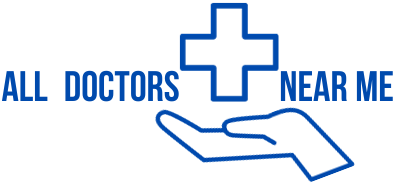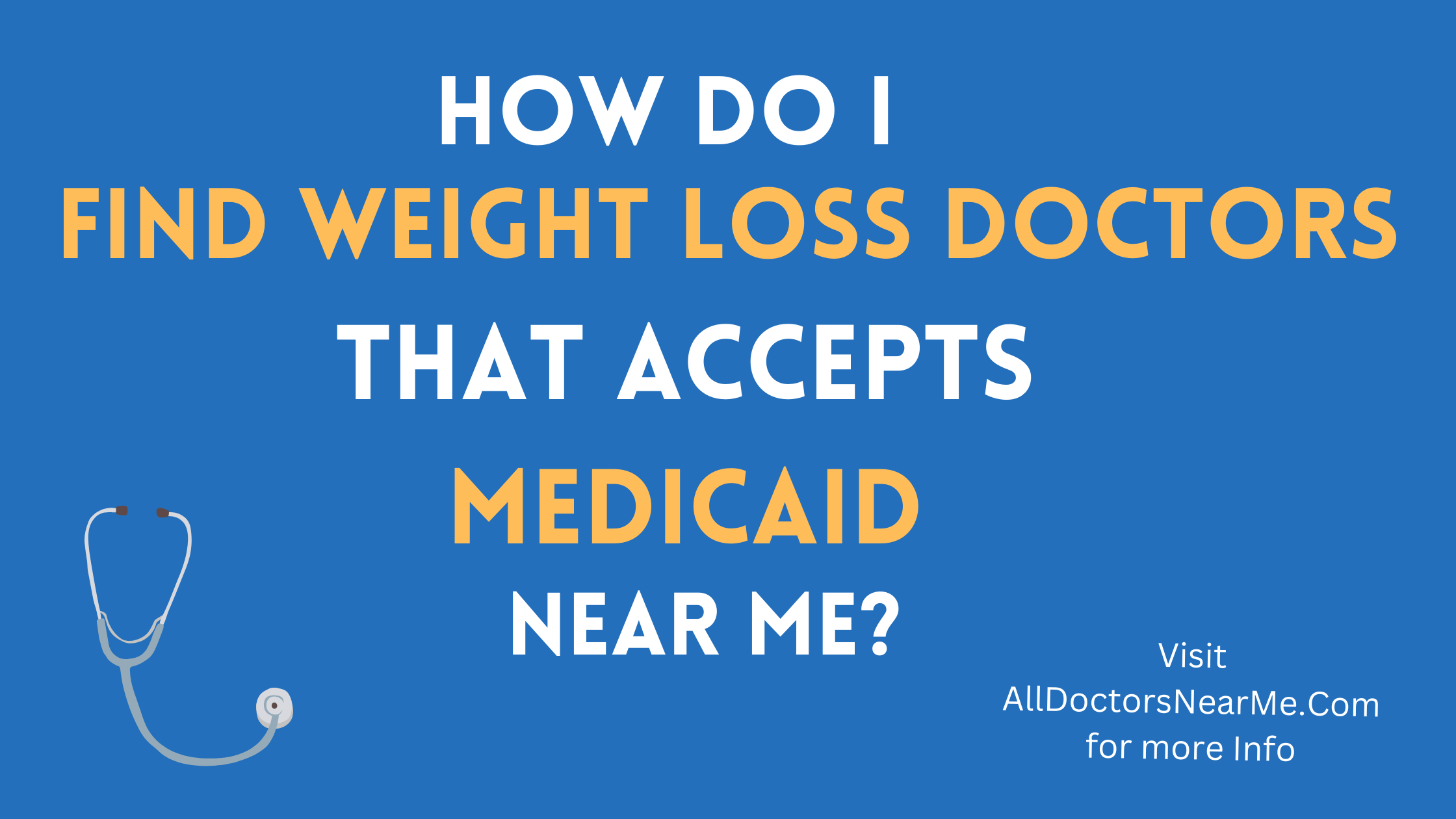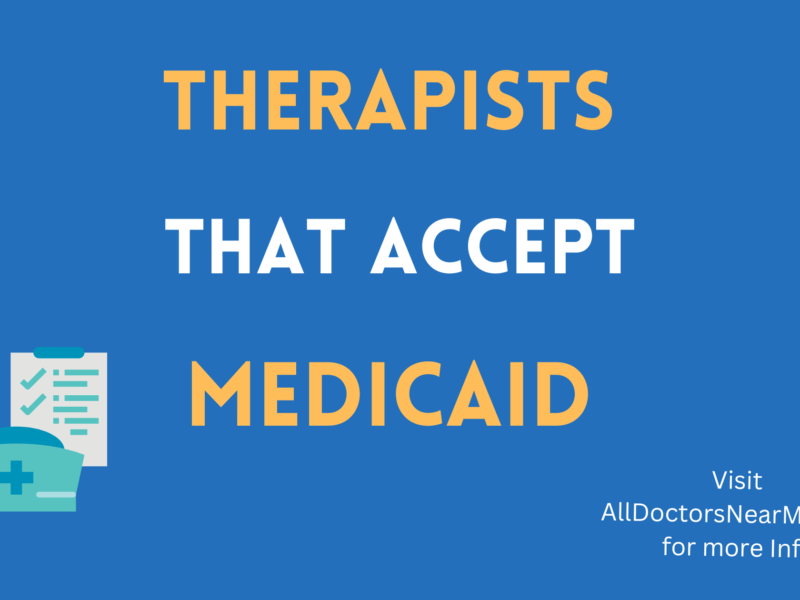Although Medicaid covers one in five America’s economically disadvantaged citizens with their health and long term care services, it is vulnerable to alterations that could harshly impact the access available to care and community services.
These modifications would alter the way states receive funding from the federal government through block grants or caps per capita which, as a rule, underfund projected enrollment increases and the rising costs of health care and virtually eliminate funding for Medicaid all togethe.
Eligibility
In 2024, CMS proposed a new automation rule for eligibility and enrollment for Medicaid, CHIP, and Basic Health Program (BHP) that is new. This rule is a piece of a larger plan that CMS devised to cut the budget for administrative work while enhancing overall consumer satisfaction.
This rule states that all new and renewing consumer users must use an easy-to-complete application. Additionally, state-based Marketplaces (SBM) have the option of single application that would enable them and the federal marketplace to all but guarantee enrollment for individuals in need and disenrollment for those that had previous year’s plans. It also simplifies the steps for SBMs seeking to serve areas with low internet access.
The Project 2025 plan seeks to make policy changes such as implementing work requirements and enforcing lifetime employment limits in an effort to reduce the longstanding dependency on Medicaid. These guidelines would drastically decrease federal oversight of state Medicaid programs beyond basic payment and other policy changes. Furthermore, it appears that the majority of states have abandoned provider taxes which financed a portion of their Medicaid expenditures. In the absence of these funds, states may be unable to use their block grants or caps-per capita, relying on general fund revenue which supersedes Medicaid spending.
Advantages
Medicaid benefits guarantee that an individual’s health and wellbeing is properly taken care of, while also allowing them to pursue their goals in life. Sadly, the program remains susceptible to erosion due to state budget constraints which lower state spending and may reduce benefits over time.
Project 2025 suggests introducing a lifetime cap on Medicaid which, as noted, would leave millions without accessible, affordable healthcare, putting their employment and self-sufficiency at risk (468). Also, states would be encouraged to use coverage denying asset tests combined with additional verification burden gatekeeping for all change of circumstance submissions or coverage renewals. In the same manner, during the previous Trump administration, Section 1115 waiver policies established work requirement days whereby people with disabilities or other vulnerable groups may find themselves facing capricious loss of coverage.
As part of an unwind, many states are experiencing downward enrollment pressure, but there are also factors such as movement to Medicare Advantage plans and higher cost per enrollee among disabled persons that push enrollment upward.
CMS continues to invest in health insurance Marketplaces and regional community cover agencies that help the consumers in choosing and filling the coverage application as well as the enrollment during the coverage application period. In Navigator grants alone, CMS awarded a total of $100 Million. This Open Enrollment Period 2025 funding is the most ever offered to these local organizations.
Enrollment
Customers using State Based Markets (SBM) and intended for Medicaid services are receiving additional information with the selected plan in order to assist them make decisions. This group of consumers will have something that resembles their 2024 coverage. Until December 31 they can decide if they want to maintain or change their coverage.
This year, there has been improvements on the selection process for individuals who are dually eligible and there is more service integration between Medicare and Medicaid. Starting in 2025, dually eligible beneficiaries and some other low income subsidized Part D enrolled beneficiaries will be provided one special enrollment period per month during which they may elect to enroll in an integrated dual eligible special needs plan (one organization that does both Medicare and Medicaid) or in a stand-alone Medicare drug plan or opt out of the integrated plan.
SNPs were created because of the growing population of people who are dually eligible and who need one source of care for all their healthcare services. CMS is introducing new policy initiatives to expand the use of SNPs through Medicare Advantage plans.
Renewing
Churn is a common phenomenon among recipients in medically needy programs as states mandate them to try and document claimable expenses which “spend down” their income below eligibility thresholds for each budget cycle. There is considerable expense relating to confirming these expenses in deciding whether or not participants are going to continue participating. This rule intends to ‘help’ by mandating verification of individual spenddowns no more frequently than six months while allowing more discretion in the manner in which the spenddown is verified – improves the quality of information available to state Medicaid agencies regarding the determination of eligibility.
There have been noticeable improvements with regard to consumer access to Marketplace systems, but many consumers still have problems sustaining their coverage and utilizing the system efficiently. Most other states cited the rollout of continuous enrollment programs as the primary explanation for the overall drop in Marketplace enrollment, although some suggested that a strong economy would lead to higher enrollment levels in the future.
Some of the more troubling proposals within Project 2025 would create obstacles for low-income enrollees in applying for and renewing benefits by eliminating work reporting requirements and instituting some form of asset test capping for certain groups of Medicaid eligible mothers and children.


